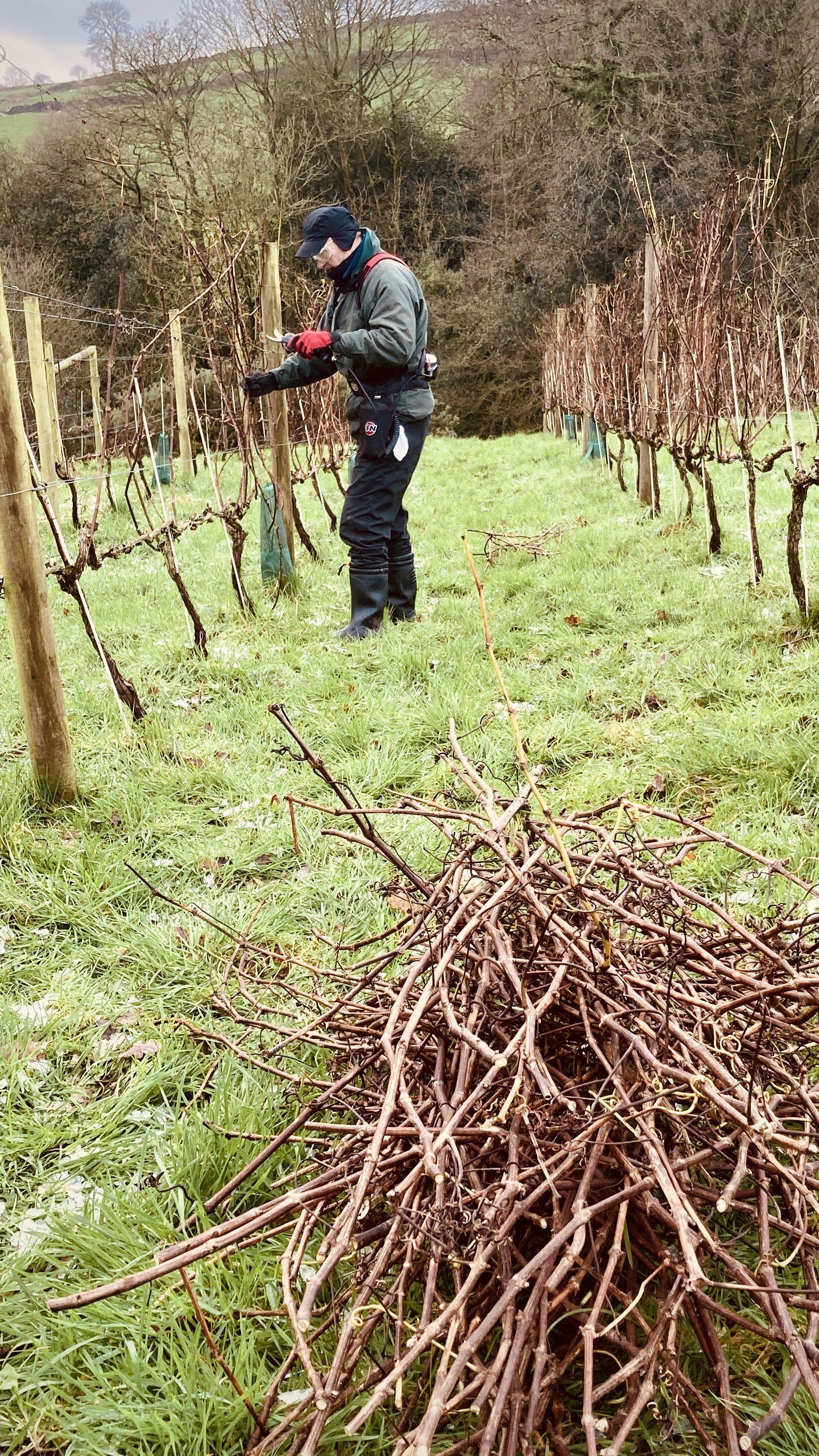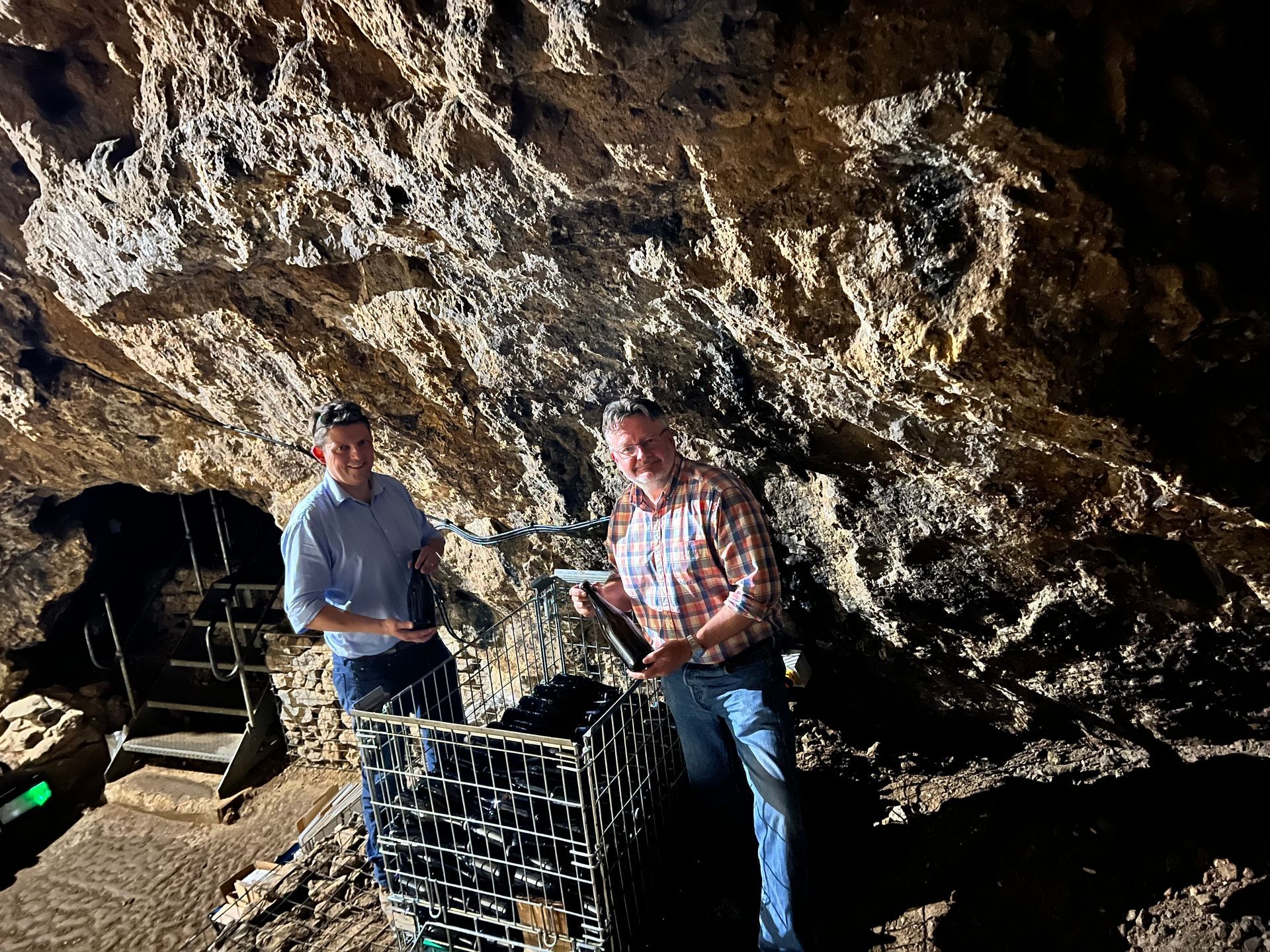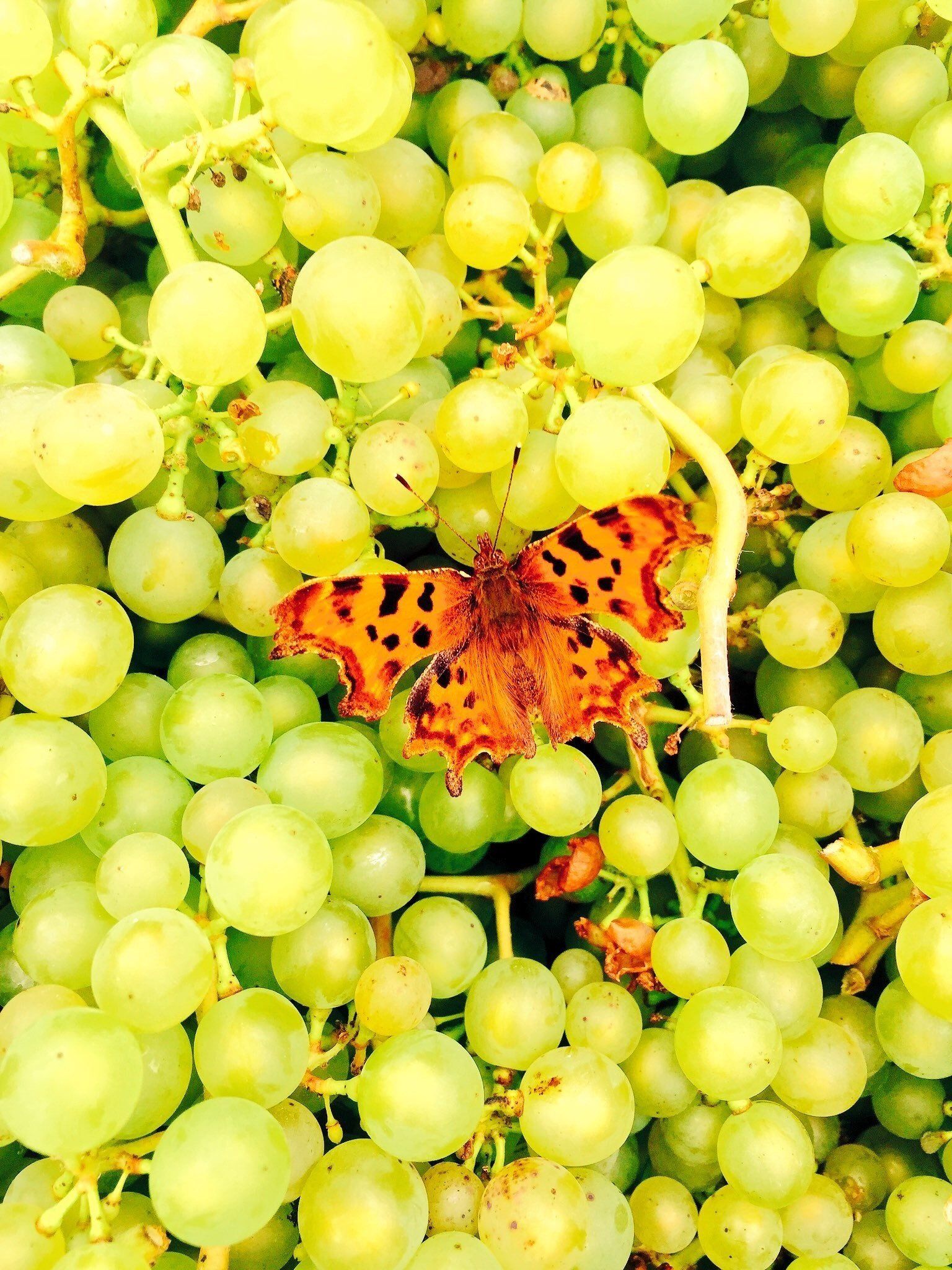Embracing Biodiversity: A Journey towards Regenerative Viticulture at Amber Valley
Embracing Biodiversity: A Journey towards Regenerative Viticulture at Amber Valley

As custodians of ancient hay meadows, woodlands, and hedgerows rich in life and species diversity, we at Amber Valley have embraced the mission to foster biodiversity while producing high-quality, award-winning wines. Over the past decade, we have shifted our management practices to encourage more species across our vineyards, orchard, and registered wildlife sites. We believe the two objectives of conserving biodiversity and cultivating fine wines are not only compatible but, more importantly, complementary. By implementing regenerative viticulture practices, we are striving to strike a balance that encourages healthier crops and improved soil health.
The Importance of Regenerative Viticulture
Regenerative viticulture is an organic farming approach that seeks to increase biodiversity, enrich soils, and enhance the ecosystem. The guiding principle behind this approach is to work in harmony with nature to ensure healthy living soils that sequester more carbon and promote beneficial ecosystems.
For us at Amber Valley, regenerative viticulture resonates profoundly with our values. We have been practising regenerative viticulture principles in our vineyards for years. Despite its challenges in the initial years when we conventionally ploughed and used herbicides, the tide turned when we decided to grow grass under the vines. This seemingly small shift not only improved our soil health but also alleviated the need for copper-based treatments, subsequently making our vineyard more sustainable and healthier.
Regenerative viticulture fosters a healthier soil structure, creating a vibrant rhizosphere where nutrients are efficiently traded between plants and soil, and carbon is effectively sequestered. This ecosystem is crucial for maintaining vineyards in balance with biodiversity, which can subsequently benefit our vines.
Understanding the Traditional Vs. Regenerative Approaches
Traditional viticulture typically involves a monoculture of vines cultivated with disk weeders and tillers or sprayed with herbicides and chemicals to control various harmful bugs and diseases. This combination of practices reduces soil health, weakening the vines' natural defences.
In contrast, regenerative viticulture focuses on maintaining soil health, reducing pesticide use, and enhancing biodiversity. The switch we made to stop spraying and cultivating under the vines has brought rapid benefits for us at Amber Valley. It helped suppress canopy vigour without affecting fruit quality, reduced our worries about fungal disease, and even decreased pest pressures from the close proximity of the vineyards to un-mown wildflower areas, wildflower meadows, and species-rich hedgerows.
Experimenting with Regenerative Viticulture
At Amber Valley, we have experimented with various regenerative viticulture practices, such as using sheep to graze at the end of the season, which we hope to do more of in the future. We also use alpaca manure under the vines as a natural fertilizer, a practice particularly suited to fruit growing whilst also being high in potassium and phosphates.
We are currently trialling unmown aisles. While mowing within our vineyards is necessary to reduce early season frost risk, disease pressure, and to harness the warming of shorter grasses under vines, we aim to balance this with biodiversity by keeping a variety of grasses and wildflowers visible in the vineyards throughout the growing season.
Regenerative viticulture is about the ecological or biodiversity services offered within a farming system. The better we can foster these relationships and provide the right conditions, the greater the potential benefits to our vines, especially in terms of health.
Amber Valley's Steps Towards a Greener Future
Our vision at Amber Valley is to become a net-zero carbon business. We have almost achieved this goal, with our business premises powered by wind and solar energy that we capture and store in batteries. This energy is used to power fridges, lighting, charge our portable generator batteries and our battery-powered power tools.
We're also planning to bring bee hives to our vineyard sites, an initiative in its early stages. As part of our commitment to increasing biodiversity, we will be installing 10 bat boxes by next summer.
Our journey in regenerative viticulture has been exciting so far, and the way ahead promises more discoveries and growth. It is a method that is gaining traction, and we are keen to show that it can work, even in the UK's challenging climate. Over the coming years, we aim to adapt our methods further to improve biodiversity, ensure a healthy soil ecosystem, and experiment with things like particular cover crops, inter-vineyard grazing, and rotating unmown aisles for longer periods.
While the way of regenerative viticulture is a departure from the agricultural intensification of the last century, it represents a vital sea-change in practice. It may not happen overnight, but its promise for a greener, biodiverse, and mutually beneficial ecosystem within our vineyards that can sequester more carbon is compelling and ultimately sustainable.
As we continue to tread this path, we invite you, our community, to join us in our journey. We ask for a voluntary car parking payment to support our work, which wouldn't replace the usual investment we make in running our estate, but ensures we can do a bit more to enhance biodiversity and achieve our aims. Your contributions are a testament to our shared belief in a sustainable, diverse, and vibrant future for our vineyards.





